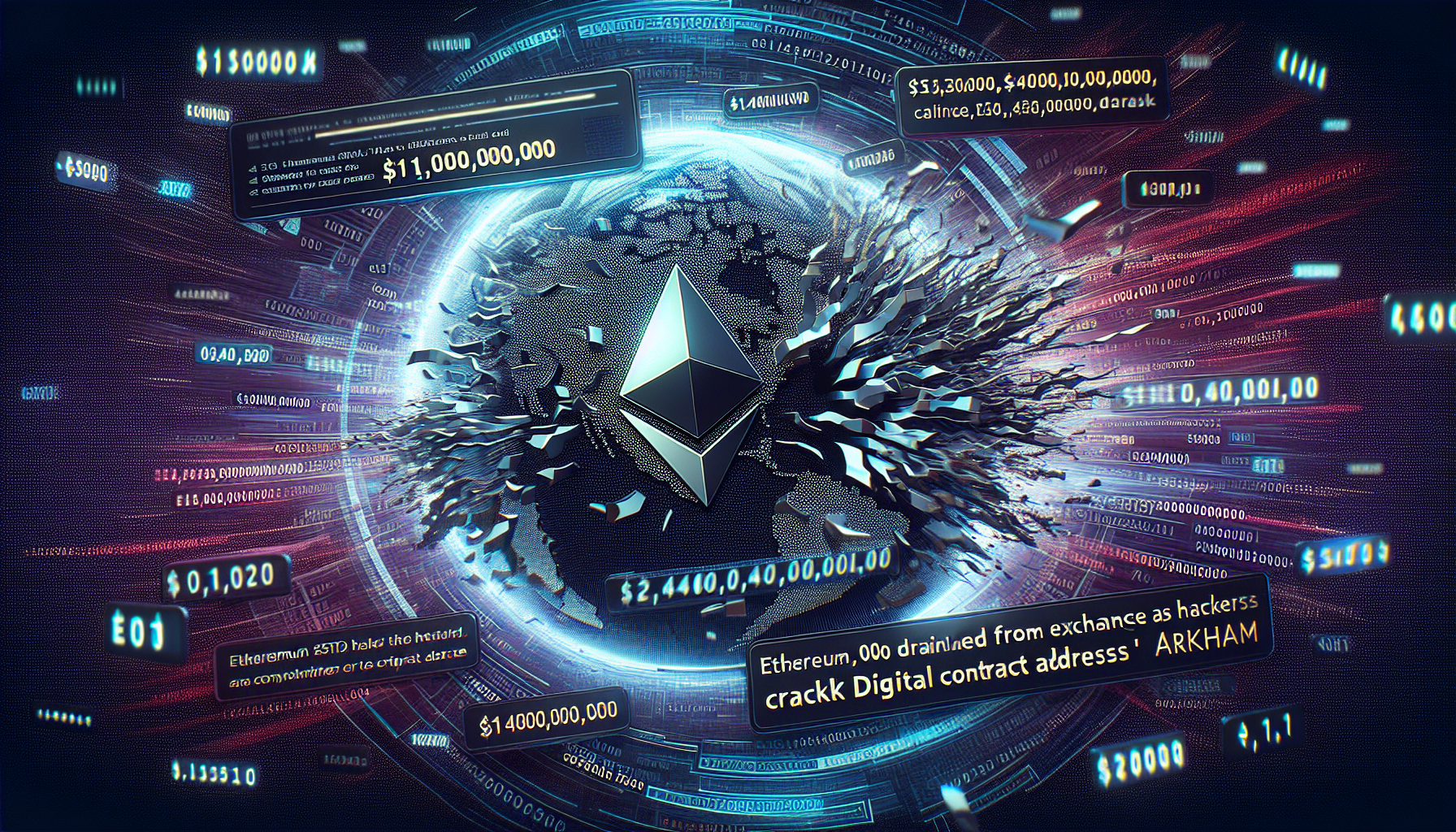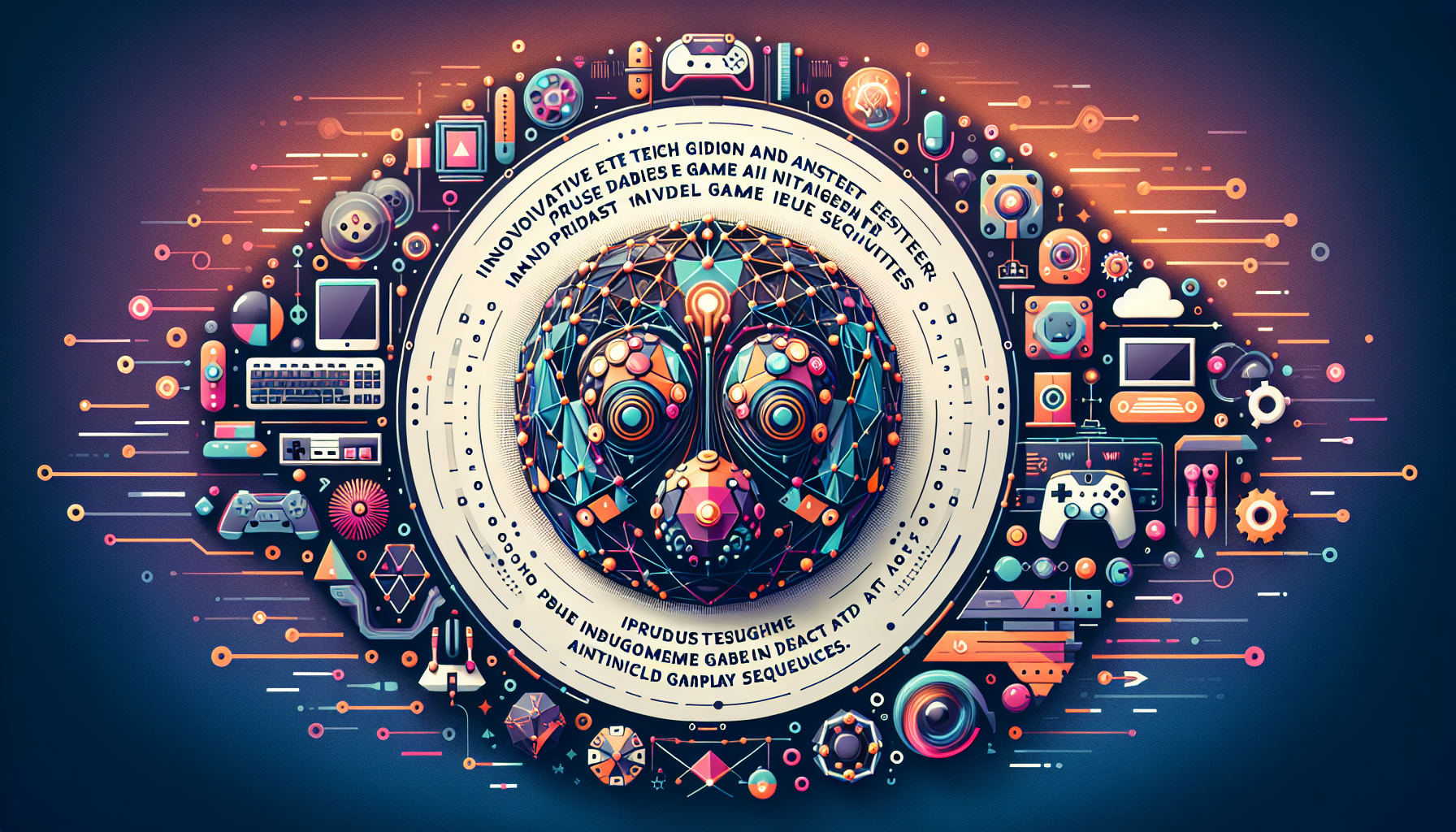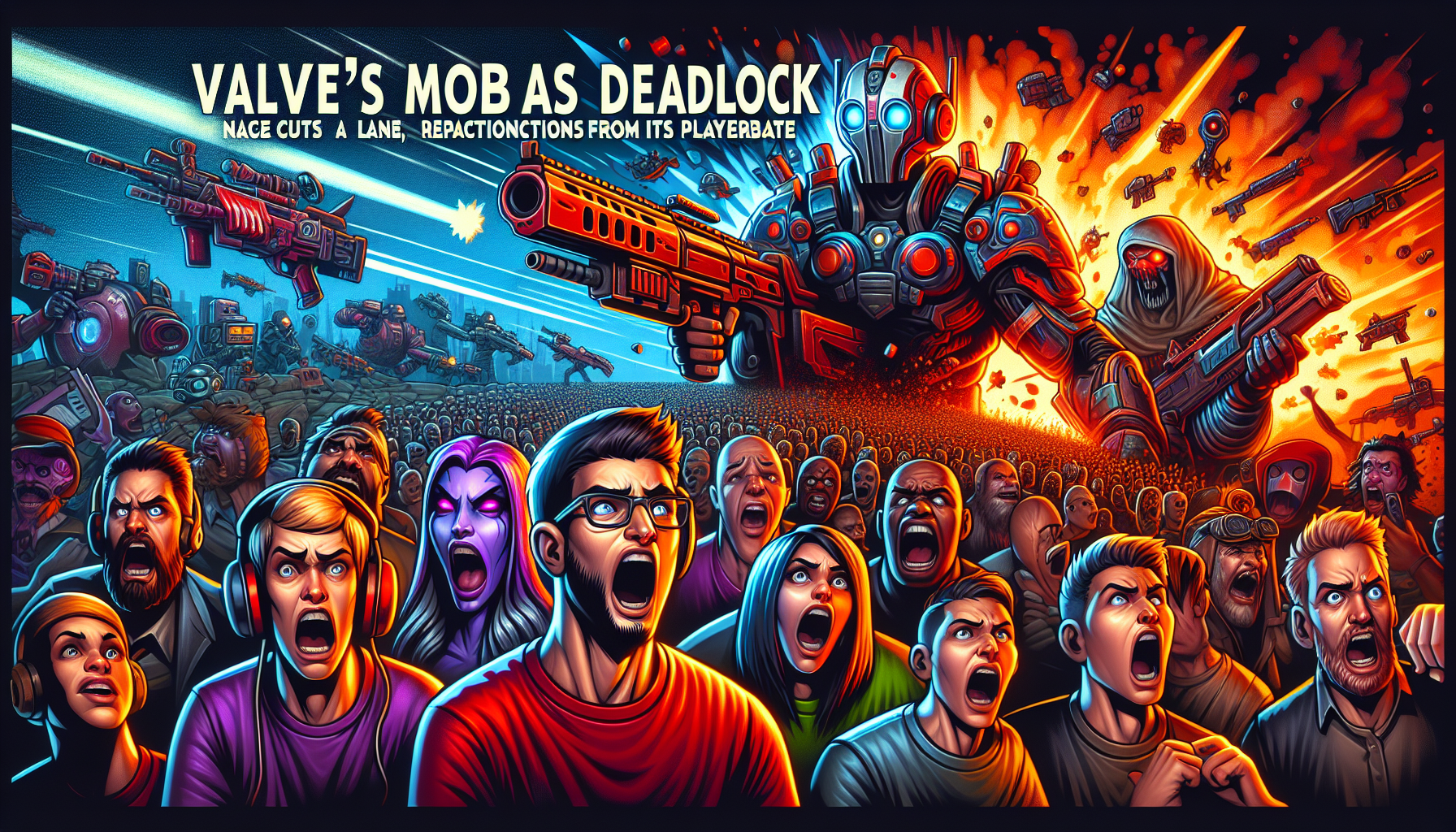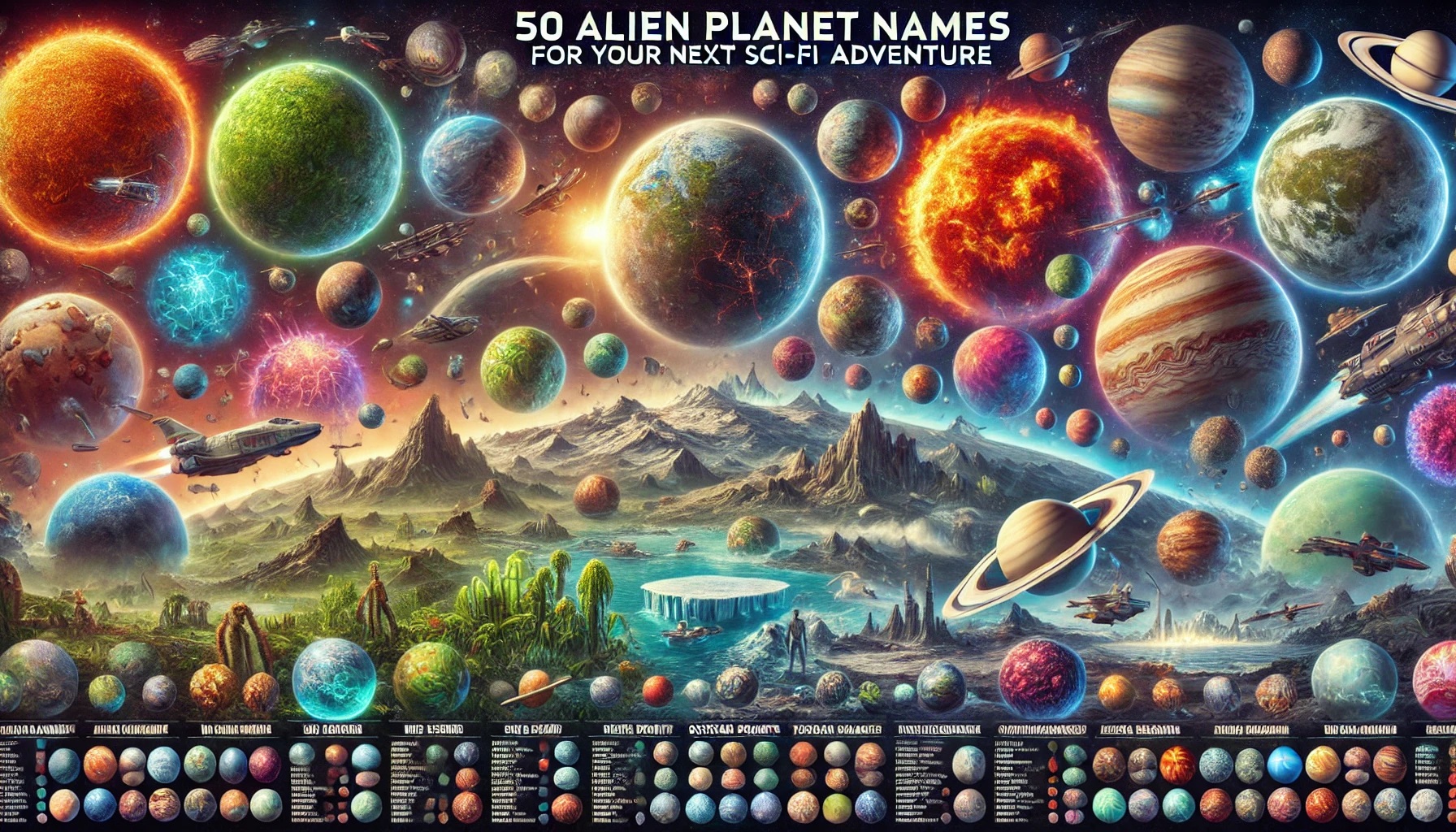In recent years, the rise of Artificial Intelligence (AI) has made a significant impact across various industries, including entertainment. One of the most notable innovations is the creation of deepfake technology, which has rapidly evolved from merely altering images to generating realistic videos. This technology is significantly affecting the world of filmmaking and media by blurring the lines between reality and fiction.
Origin and Evolution
The term “deepfake” refers to an AI-based technique that synthesizes media by superimposing human features on another person’s body or manipulating sounds to generate a realistic human experience. The concept of deepfakes first caught the public’s eye in late 2017 when a Reddit user posted videos generated with a DNN-based face-swapping technology1. The technique quickly gained traction on social media platforms where any individual could create videos purporting the behavior of another person who is not actually present in the video2.
Applications in the Entertainment Industry
The entertainment industry has begun harnessing the potential of deepfake technology, with various commercial applications surfacing. This technology has opened up new avenues, including the hiring of “deepfake actors” whose likeness is used for the underlying performance in a film or advertisement. Such applications save significant time and resources, as they eliminate the need for certain actors to be physically present on set. Moreover, deepfake technology is being used to enable actors to appear in commercials or on websites globally without requiring them to travel or learn new languages3.
Notable instances include the film “Here,” directed by Robert Zemeckis, where deepfake AI technology was used to de-age actors Tom Hanks and Robin Wright4. Moreover, deepfake technology helped bring back the voice of actor Val Kilmer, who lost his distinctive voice to throat cancer in 2015. The technology allowed Kilmer to “speak” again, moving his son to tears upon hearing his father’s “voice” once more3.
Ethical and Legal Implications
While the technology brings about innovation and new possibilities, it also raises ethical and legal concerns. There’s an ongoing debate on how the industry hires talent for productions, as the widespread adoption of deepfakes could lead to job losses or shifts in hiring practices. Legal frameworks are evolving to address the challenges posed by deepfake technology. For instance, in the United States, laws have been enacted to regulate the use of deepfakes, such as New York’s law prohibiting the use of a deceased performer’s digital replica in audio-visual content without authorization for 40 years after the performer’s death3.
Future Trajectory
As AI and deepfake technology continue to advance, the line between real and synthetic media is expected to blur further. The realistic nature of deepfakes presents a double-edged sword, offering endless creative possibilities while posing significant ethical and legal challenges. The entertainment industry, legal systems, and society at large will need to navigate this complex landscape to ensure the responsible use and regulation of deepfake technology.










































